The Fisherman: Short Film
Overview
The Fisherman, seen in Figure 1, is a short film in the style of an animated comic I produced as a team of four for a narrative course. The film, based on a screenplay written by team member Nick Cheung and his writing partner Steven Han, follows a fisherman who grapples with his guilt on the tenth anniversary of his friend’s mysterious disappearance. To achieve the animated comic style for the film, the team utilized 2D illustrations transposed into 3D environments. In this process, my role was as a character designer and the primary character illustrator.
Character Design
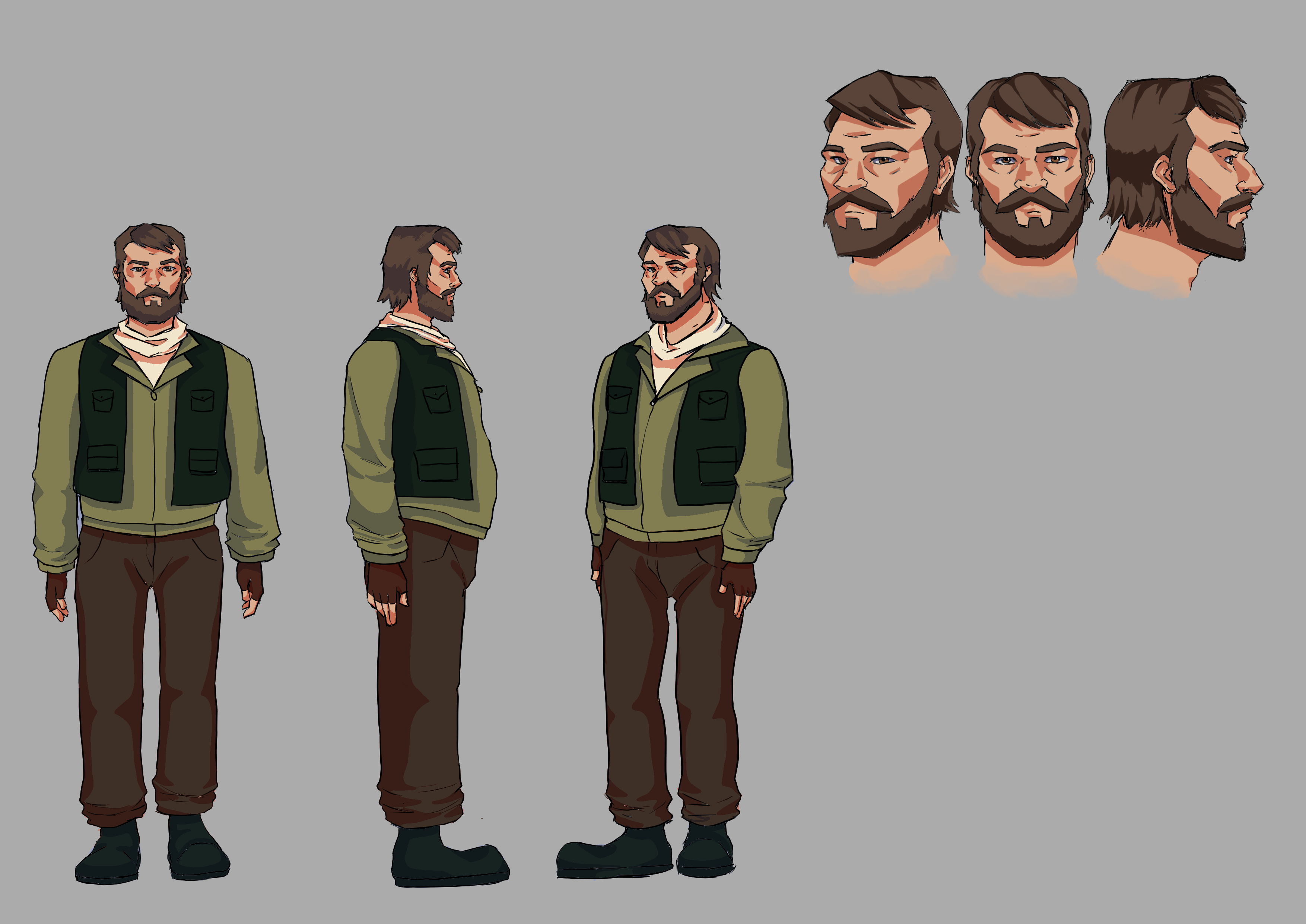
Figure 2 is the final character design for the main character of the short. The character design process was initially a collaborative effort between myself and my teammate Nick, the storyboard artist and director of the film. As he was one of the original writers of the screenplay, the consensus of the team was to have him be the creative lead in terms of the visual design of the film.
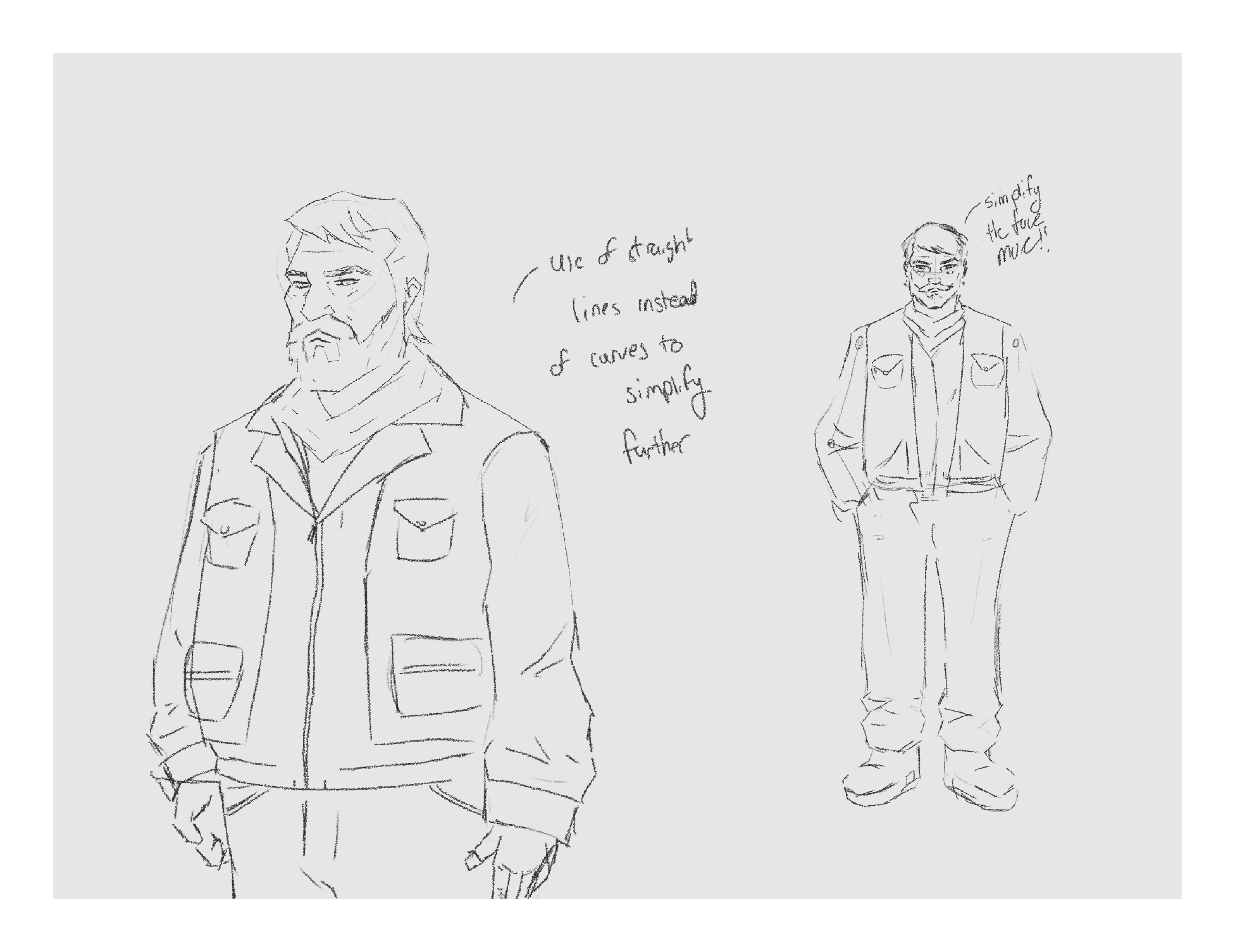
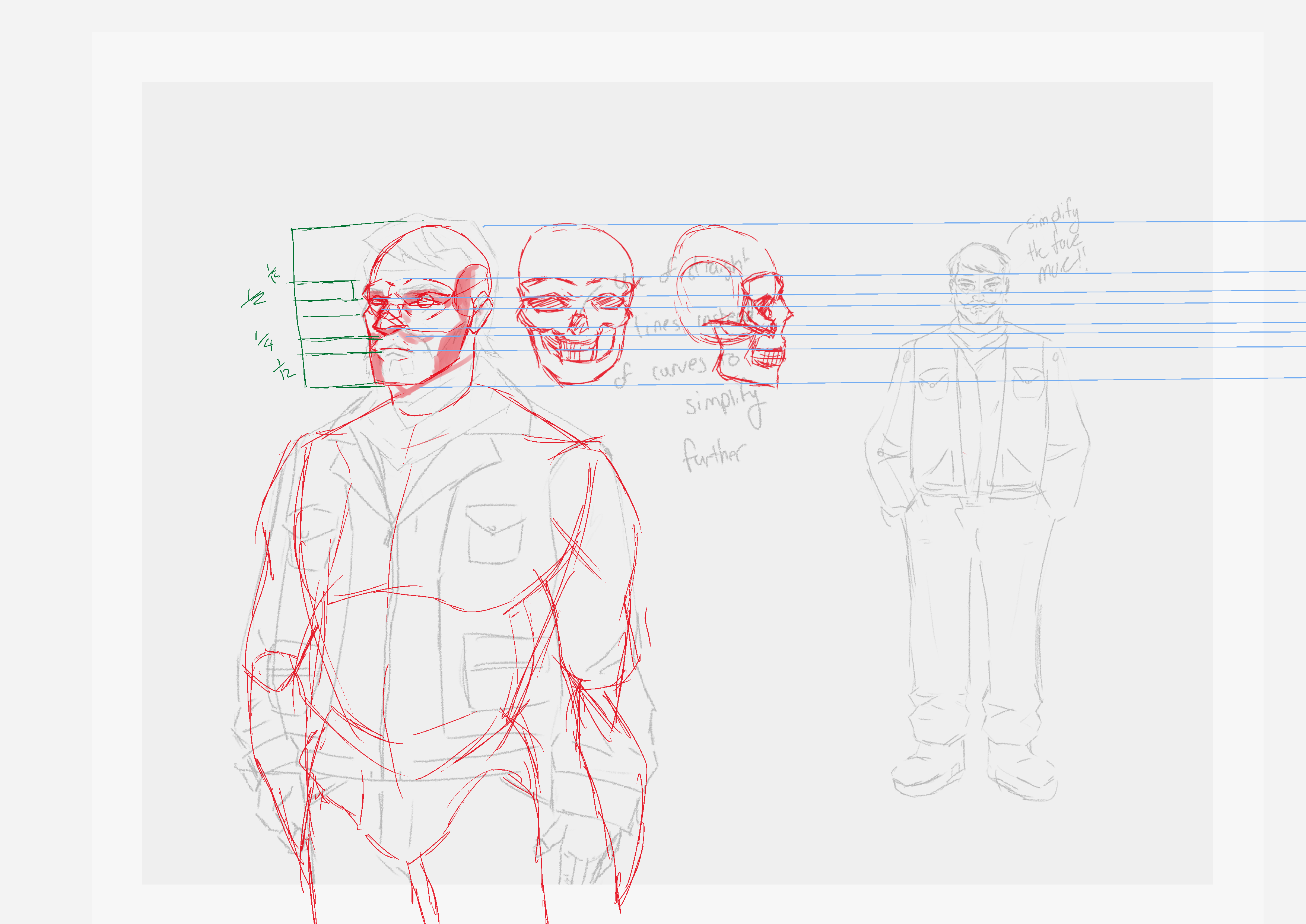
To begin the process, Nick created an initial sketch of the main character, seen in Figure 3, which I analyzed for proportions to replicate and modify his art style seen in Figure 4. I used this analysis to inform my design decisions on future characters to ensure visual unity across the characters.
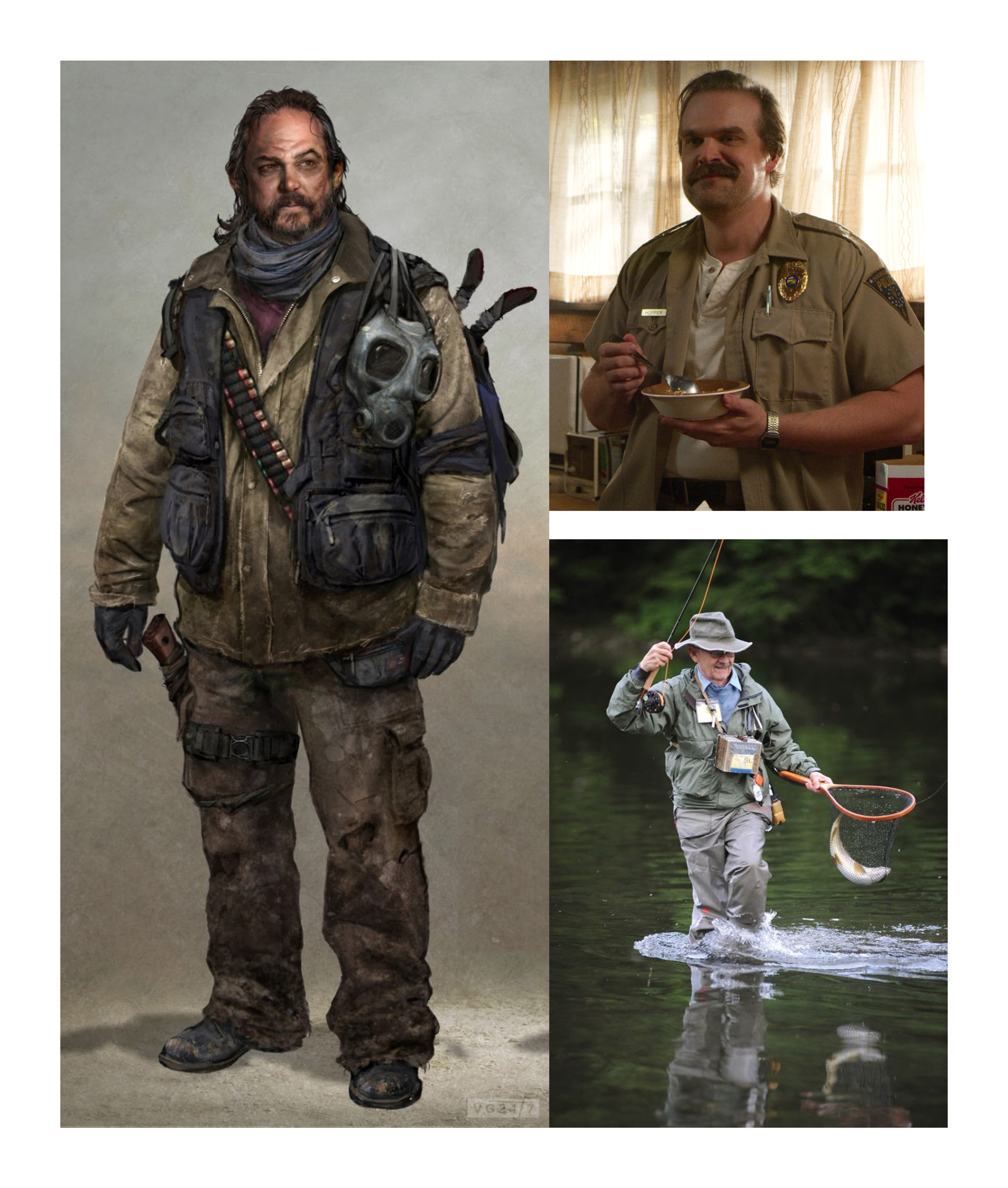
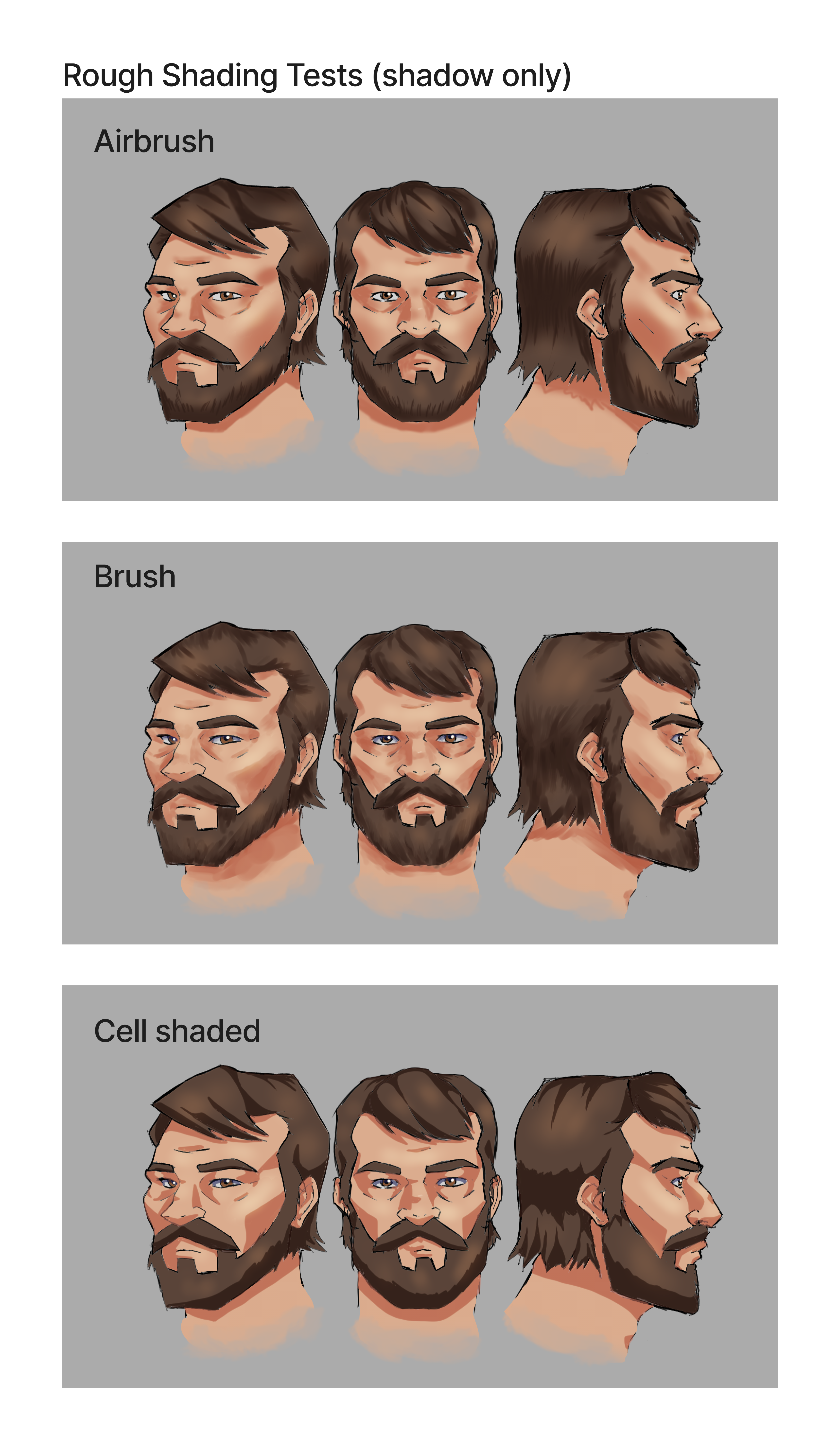
The colours on the characters were chosen using the character mood board, Figure 5, which was created by the team as a primary inspiration. Though not implemented in the final film due to time constraints, I also experimented with the shading styles (Figure 6) which was voted on by the team, leading to the final design seen above in Figure 2 and the rest of the character designs such as the one in Figure 7.
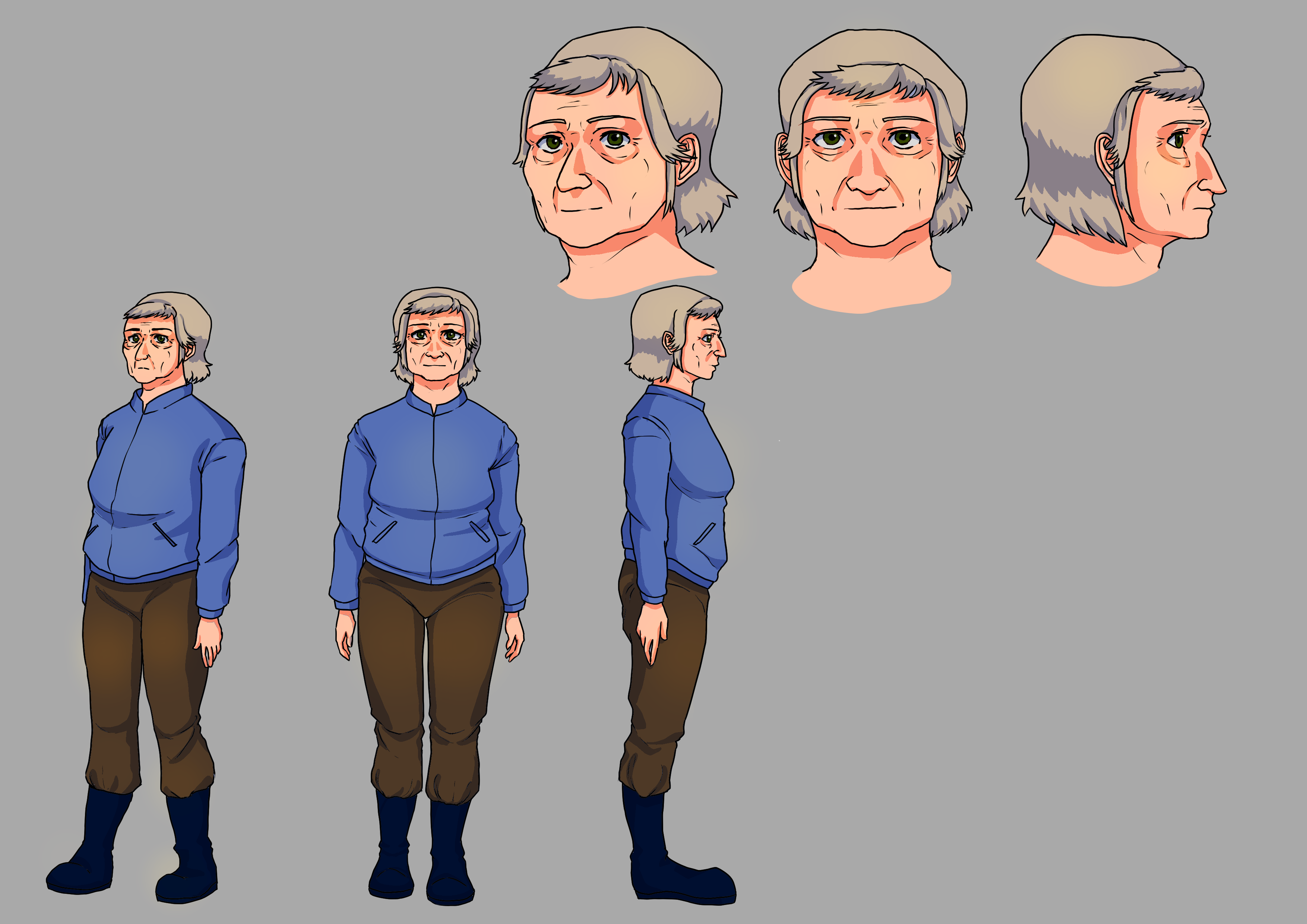
Character Illustration
During production, I was tasked with being the character illustrator of the team, in which I illustrated the characters for over sixty shots of the film. The illustration process, indicated by the red outline in Figure 8, involved taking the shot from the storyboard, sketching and reframing it in the correct aspect ratio, lining the illustration, and flatting in the colours. The shot was then given to the compositor for the final shot seen in the film such as the one seen bottom left corner of Figure 8.
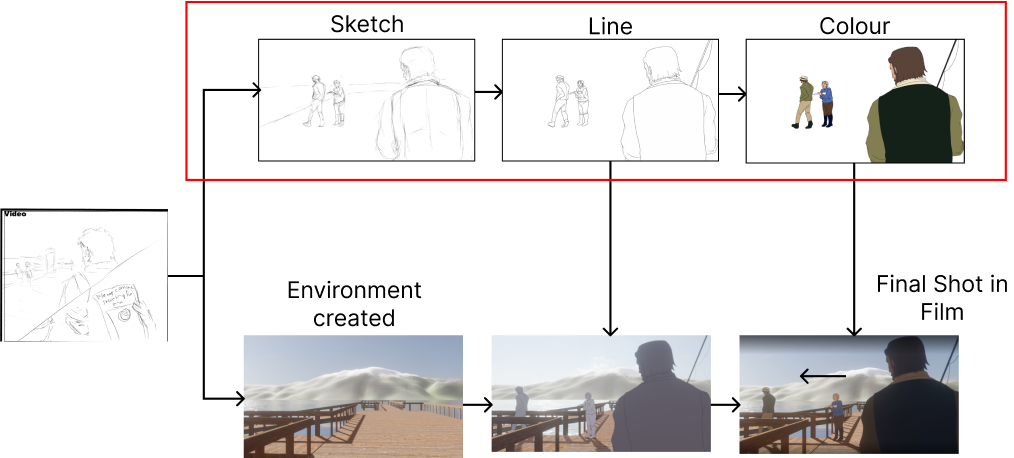
Reflection
The main lessons learned through this project are the importance of scope, delegation, and scheduling. The initial lack of specificity regarding deadlines for the project combined with the underestimation of creation time, unfamiliarity with the workflow, and the lack of consideration for external factors such as team members' workload from other courses, led to unexpectedly severe bottlenecks in pre-production and production. To try and remedy these issues we had to reduce the scope such as cutting the run time and forgoing shading the characters. While this did help the situation, these delays in production were ultimately resolved through many long nights for all team members. Overall, though there were struggles, I found this to be a very valuable experience, and I am proud of the result accomplished.
References
- Cheung, N. (2022) Initial Sketch for Character Design of the Protagonist [Pencil Sketch].